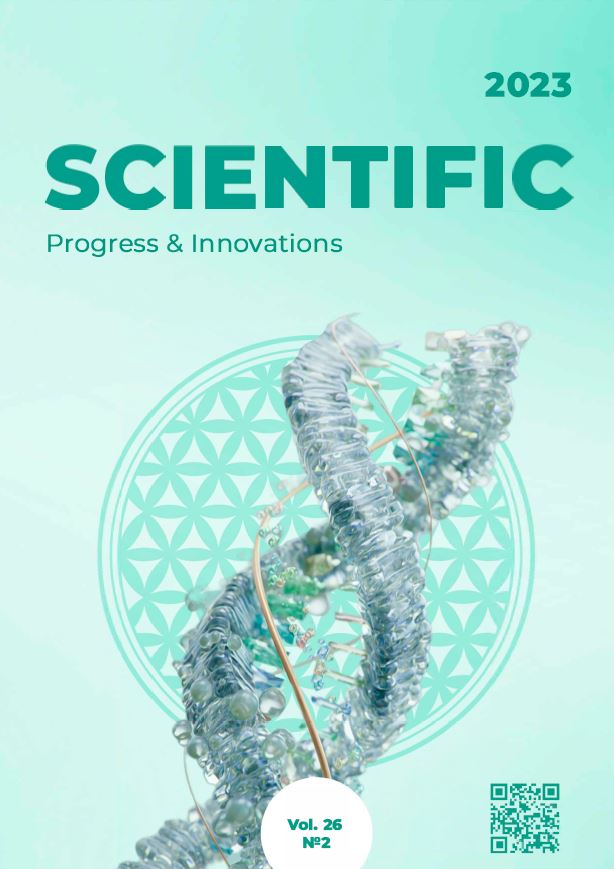Comparative clinical effectiveness of preparations from the isoxazoline group against ticks Sarcoptes canis
DOI:
https://doi.org/10.31210/spi2023.26.02.18Keywords:
sarcoptosis, dog, Nexguard, Simparica, afoxolaner, sarolanerAbstract
Among the newellest insect acaricides, isoxazolines are in great demand among dog owners for the prevention of infection pets with mange mites, including Sarcoptes scabei var. canis. The range of drugs of this group is wide enough, but the therapeutic priority of active substances has not been studied yet. The comparative efficacy of Nexguard™ (afoxolaner) and Simparica™ (sarolaner) chewable tablets was examined in a clinical trial on dogs spon-taneously infected with S. scabei. Additional means were not introduced into the treatment regimen. The experiment on 48 animals lasted 3 months; on days of monitoring the results, dogs were examined visually, skin scrapings – microscopically. In the two experimental groups, the majority of patients were puppies under the age of 1 year (75.0 %) of short-haired breeds (77.08 %). All the dogs scratched intensively; at the area of the head and limbs, the skin was injured and inflamed – signs of lichenification (83.33%), excoriation (85.42 %) and alopecia (70.83 %). The intensity of infestation before treatment was 5–26 individuals of S. scabei of various stages in a skin scraping. The acaricidal efficacy of Nexguard™ tablets 30 days after feeding reached 98.54%, Simparica™ – 97.99 %, i.e. single mites were found in dermatological scrapings only in a few individuals of both experimental groups. During this period, the clinical condition of the animals improved significantly: new skin lesions did not appear, and the old ones actively healed. During the month, the areas of alopecia were not completely overgrown, but in the range of 50–90% of the area of primary baldness in the vast majority of dogs of both groups. In the second and third months of observation, the clinical and acaricidal effectiveness of the drugs increased. On the 60th day, only 1 dog in each group had single specimens of S. scabei on the body. In the Nexguard™ group, this problem was resolved by the third month after the start of treatment, and in the Simparica™ group, 1 dog remained a carrier of S. scabei. From scabies skin lesions, including alopecia and itching, the dogs were deprived without the use of drugs for symptomatic therapy. Therefore, Nexguard™ and Simparica™ have an almost identical clinical effect in the treatment of dogs with sarcoptic mange.

 Creative Commons Attribution 4.0 International Licens
Creative Commons Attribution 4.0 International Licens